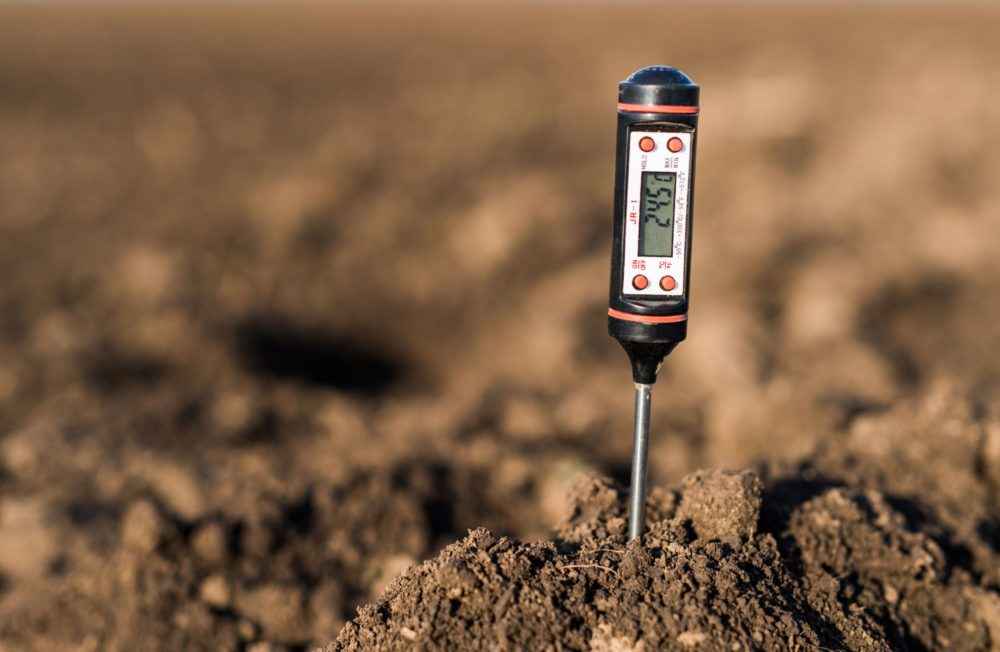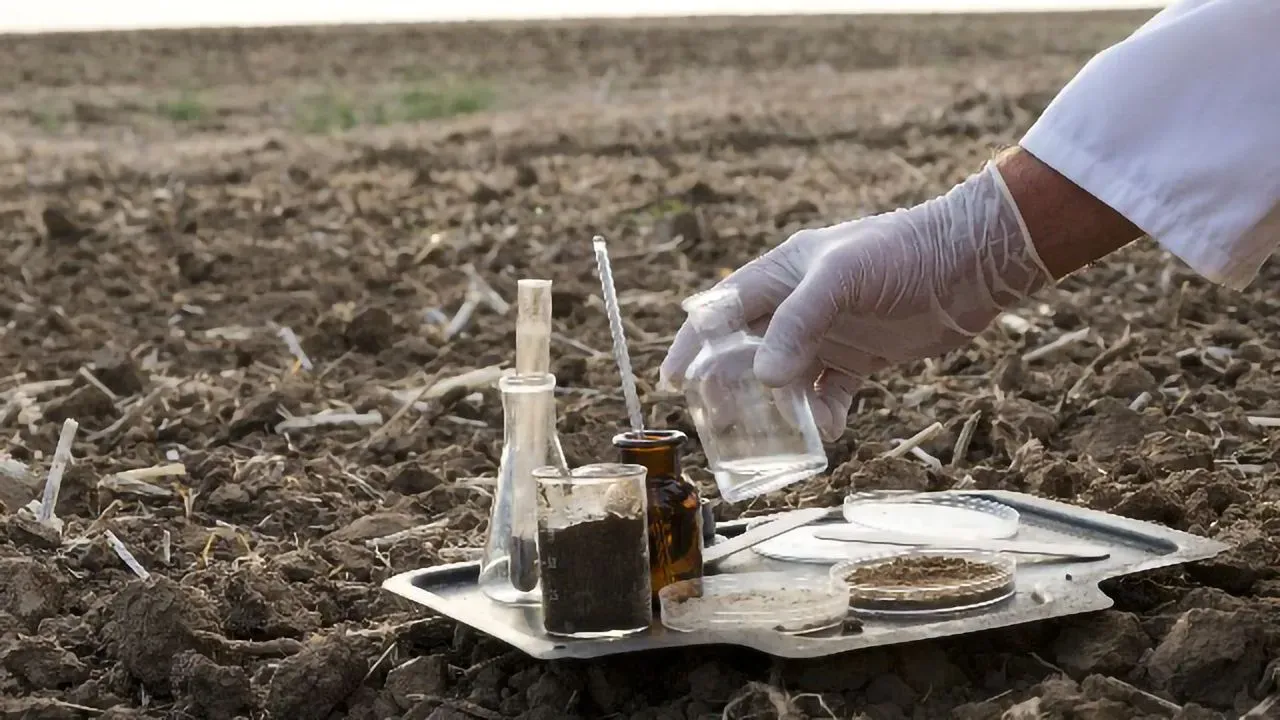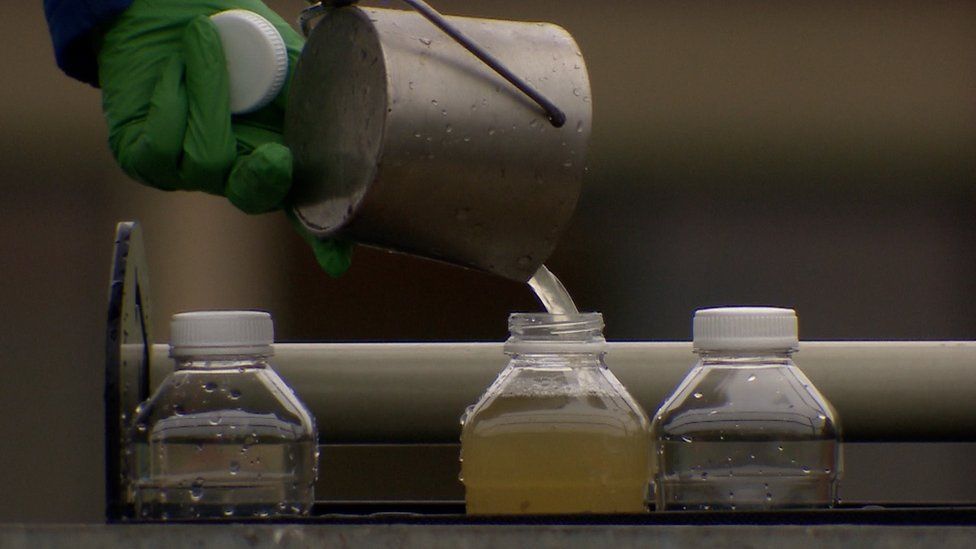Sludge Analysis
Sludge testing is the process of analyzing the characteristics and composition of sludge, which is a semi-solid material produced during wastewater treatment processes. Sludge is typically made up of organic matter, inorganic matter, and water, as well as any pollutants or contaminants that were removed from the wastewater during treatment.
Sludge testing can involve a range of different analyses, depending on the specific characteristics of the sludge being tested and the information that is needed. Some common types of sludge testing include:
Chemical analysis: This involves measuring the concentrations of various chemicals and compounds present in the sludge, such as heavy metals, organic pollutants, and nutrients.
Physical analysis: This involves measuring the physical properties of the sludge, such as its density, viscosity, and settling characteristics.
Microbiological analysis: This involves analyzing the types and quantities of microorganisms present in the sludge, which can be important for determining the effectiveness of the wastewater treatment process.
Sludge testing is important for ensuring that the sludge produced during wastewater treatment is safe and can be disposed of properly. It can also be used to optimize the wastewater treatment process and improve the efficiency of sludge management.
Types of Equipment used
- Total Solids (TS): The total amount of solids present in the sludge, including both organic and inorganic material.
- Volatile Solids (VS): The amount of solids that can be burned off at a high temperature. VS is used to determine the amount of organic matter in the sludge.
- pH: The level of acidity or alkalinity of the sludge. This is an important parameter to monitor because it can affect the stability of the sludge and the effectiveness of treatment processes.
- Moisture content: The amount of water in the sludge. Moisture content can affect the handling and storage of the sludge.
- Nutrient content: The levels of key nutrients such as nitrogen and phosphorus. These nutrients can be recovered from sludge and used as fertilizer.
- Pathogens: The presence of disease-causing microorganisms in the sludge. Pathogens in sludge can pose a risk to public health.
- Heavy metals: The presence of heavy metals in the sludge. Heavy metals can be toxic and can accumulate in the environment.


Soil Analysis
Soil analysis is the process of analyzing the physical, chemical, and biological properties of soil in order to understand its characteristics and assess its suitability for various purposes, such as agricultural production or construction.
Soil analysis typically involves taking soil samples from different locations in a field or area and subjecting them to a battery of tests and analyses in a laboratory. Some of the parameters that may be analyzed during soil analysis include:
Soil texture: This refers to the size and distribution of soil particles, which can influence the soil’s ability to retain water and nutrients.
Soil pH: This is a measure of the acidity or alkalinity of the soil, which can affect plant growth and nutrient availability.
Nutrient content: Soil analysis can assess the levels of important nutrients such as nitrogen, phosphorus, and potassium, which are essential for plant growth.
Organic matter content: Soil analysis can also determine the amount of organic matter in the soil, which can affect its ability to retain water and nutrients and support healthy microbial populations.
Soil structure: Soil analysis can assess the physical structure of the soil, including its ability to resist erosion and its suitability for construction purposes.
Soil analysis can be an important tool for agricultural producers, land managers, and construction professionals, as it can provide insights into the quality and suitability of soil for various purposes. By understanding the characteristics of the soil, individuals can make informed decisions about land use and management practices that can help to maximize productivity and sustainability.
Types of Equipment used
- Soil pH: The level of acidity or alkalinity of the soil. This is an important parameter to monitor because it can affect the availability of nutrients in the soil and the growth of plants.
- Organic matter content: The amount of organic matter in the soil. Organic matter is an important component of healthy soil and can affect soil structure, nutrient availability, and water holding capacity.
- Nutrient levels: The levels of key nutrients such as nitrogen, phosphorus, and potassium. These nutrients are essential for plant growth and are often added to soil through fertilizers.
- Soil texture: The proportion of sand, silt, and clay particles in the soil. Soil texture can affect water infiltration, drainage, and the availability of nutrients to plants.
- Soil structure: The arrangement of soil particles into aggregates or clumps. Soil structure can affect water infiltration, drainage, and the ability of roots to penetrate the soil.
- Soil compaction: The degree to which soil particles are compressed together. Soil compaction can affect water infiltration, drainage, and the growth of plant roots.
- Contaminant levels: The levels of contaminants such as heavy metals, pesticides, and other chemicals. Contaminants in soil can pose a risk to human health and the environment.


Drinking Water Analysis
Drinking water analysis is the process of testing and analyzing water samples to determine their chemical, physical, and microbiological characteristics, in order to assess their safety and quality for consumption.
Drinking water analysis typically involves taking water samples from various sources, such as wells, surface water bodies, or municipal water supplies, and subjecting them to a series of tests and analyses in a laboratory. Some of the parameters that may be analyzed during drinking water analysis include:
Chemical contaminants: Drinking water analysis can detect the presence of various chemical contaminants, such as pesticides, heavy metals, and volatile organic compounds (VOCs), which can pose health risks to humans.
Physical properties: Drinking water analysis can assess physical properties of water such as turbidity, color, and odor, which can affect its acceptability for human consumption.
Microbiological contaminants: Drinking water analysis can test for the presence of pathogenic microorganisms, such as bacteria, viruses, and parasites, which can cause waterborne diseases.
Nutrient content: Drinking water analysis can determine the levels of important nutrients such as calcium, magnesium, and fluoride, which are important for human health.
Drinking water analysis is important for ensuring that the water supply is safe and meets the required standards for human consumption. It is typically carried out by regulatory authorities, public health agencies, and private laboratories, and may be required by law to ensure compliance with established water quality standards. Drinking water analysis can help identify potential issues with the water supply and guide the implementation of appropriate treatment measures to ensure safe drinking water for the population.
Parameters Analysed
- pH: The level of acidity or alkalinity of the water. This is an important parameter to monitor because it can affect the taste of the water and the solubility of certain minerals and metals.
- Total dissolved solids (TDS): The amount of minerals, salts, and other dissolved particles that are present in the water. High levels of TDS can affect the taste of the water and may indicate the presence of harmful contaminants.
- Total coliform bacteria: The presence of coliform bacteria in the water can indicate contamination from human or animal waste, which can pose a risk to public health.
- Nitrate and nitrite: The levels of these nutrients can indicate contamination from agricultural or other sources, and high levels can pose a risk to public health.
- Chlorine and chloramines: These chemicals are added to drinking water to disinfect it and kill harmful bacteria and viruses. However, high levels of these chemicals can affect the taste of the water and may be harmful to human health.
- Total organic carbon (TOC): The level of organic matter in the water. High levels of TOC can affect the taste of the water and may indicate the presence of harmful contaminants.
- Lead and other heavy metals: The presence of these metals in the water can indicate contamination from industrial or other sources, and can pose a risk to public health.


Surgical Instrument Testing
Surgical instrument testing is the process of evaluating the safety, effectiveness, and quality of surgical instruments used in medical procedures. This testing is typically conducted to ensure that surgical instruments meet regulatory requirements, such as those set by the US Food and Drug Administration (FDA), and to ensure that they are safe for patients and healthcare professionals.
Surgical instrument testing may involve a range of different types of tests and evaluations, depending on the specific instrument being tested. Some examples of tests that may be conducted during surgical instrument testing include:
Biocompatibility testing: This involves evaluating the potential of a surgical instrument to cause a biological response in the body, such as inflammation or toxicity.
Mechanical testing: This involves testing the durability and functionality of a surgical instrument under various conditions, such as repeated use or exposure to sterilization methods.
Sterility testing: This involves testing the effectiveness of sterilization methods in eliminating microorganisms from surgical instruments, to prevent the spread of infection.
Performance testing: This involves evaluating the performance of a surgical instrument during actual surgical procedures, to ensure that it performs as intended and does not pose a risk to patients.
Surgical instrument testing is important for ensuring the safety and effectiveness of surgical procedures, and for preventing the spread of infection in healthcare settings. It is typically carried out by specialized testing laboratories, and may be required by regulatory agencies before surgical instruments can be approved for use in medical procedures.
How it is Done
- Visual Inspection: Visual inspection is typically done by trained technicians who examine the instrument carefully for defects, such as cracks, corrosion, or other damage. They may use magnifying glasses or other specialized tools to aid in the inspection.
- Functional Testing: Functional testing may involve simulating the instrument’s use in a surgical procedure to ensure that it operates as intended. For example, forceps may be tested to ensure that they can grip and release objects properly. In some cases, the testing may be done using specialized machines that can simulate the forces and movements of a surgical procedure.
- Sterilization Testing: Sterilization testing may involve subjecting the instrument to high temperatures, chemicals, or radiation to ensure that it can be properly sterilized before use. This may involve using specialized equipment, such as autoclaves, to sterilize the instruments.
- Biocompatibility Testing: Biocompatibility testing may involve testing the instrument on animal or human tissue to ensure that it is safe for use. This testing may be done in a laboratory setting, and may involve a range of tests to evaluate the instrument’s impact on living tissue.
- Cleaning Validation: Cleaning validation may involve subjecting the instrument to various cleaning and sterilization methods to ensure that it can be effectively cleaned and sterilized between uses. The instrument may be subjected to tests that simulate the conditions of a surgical procedure, to ensure that it can be effectively cleaned and sterilized in a real-world setting.


Waste Water Analysis
Wastewater analysis is the process of analyzing and testing the characteristics of wastewater in order to assess its quality and potential environmental impact. The analysis involves evaluating the physical, chemical, and biological properties of the wastewater to identify the presence of contaminants and determine the appropriate treatment methods.
Wastewater analysis typically involves collecting samples from various sources, such as industrial or municipal wastewater treatment plants, and subjecting them to a series of tests and analyses in a laboratory. Some of the parameters that may be analyzed during wastewater analysis include:
Chemical contaminants: Wastewater analysis can detect the presence of various chemical contaminants, such as heavy metals, organic compounds, and pesticides, which can pose environmental risks if they are not properly treated.
Biological contaminants: Wastewater analysis can test for the presence of pathogens, such as bacteria and viruses, which can cause waterborne diseases if they are not properly treated.
Physical properties: Wastewater analysis can assess physical properties of wastewater, such as pH, temperature, and turbidity, which can affect the efficiency of treatment processes.
Nutrient content: Wastewater analysis can determine the levels of important nutrients such as nitrogen and phosphorus, which can impact the quality of receiving waters and lead to harmful algal blooms.
Wastewater analysis is important for ensuring that wastewater is properly treated and does not pose a risk to the environment or public health. It is typically carried out by regulatory agencies, industrial facilities, and public utilities, and may be required by law to ensure compliance with established environmental standards. Wastewater analysis can help identify potential issues with the wastewater treatment process and guide the implementation of appropriate treatment measures to protect the environment and public health.
Parameters Analyzed
- pH: The level of acidity or alkalinity of the water. This is an important parameter to monitor because it can affect the solubility and toxicity of certain chemicals and pollutants.
- Total suspended solids (TSS): The amount of solid particles that are suspended in the water. This can include organic matter, bacteria, and other contaminants.
- Biochemical oxygen demand (BOD): The amount of oxygen that is required by microorganisms to break down organic matter in the water. This parameter can be used to determine the level of organic pollution in the water.
- Chemical oxygen demand (COD): The amount of oxygen that is required to oxidize all of the organic and inorganic compounds in the water. This parameter is often used as a measure of the total amount of pollutants present in the water.
- Total nitrogen and phosphorus: The levels of these nutrients can indicate the potential for eutrophication, which is the process of excessive plant growth in the water due to high nutrient levels.
- Heavy metals: The presence of heavy metals, such as lead, mercury, and cadmium, can indicate contamination from industrial or other sources.
- Pathogens: The presence of harmful bacteria, viruses, or parasites in the water can pose a risk to public health and must be monitored closely.







